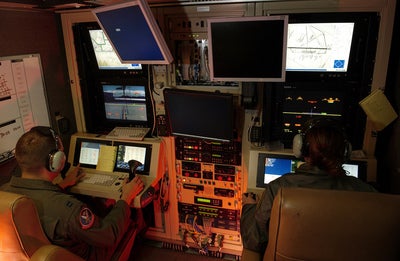
Northrop Grumman has received a $99.6m contract from the US Naval Information Warfare Center (NIWC) Pacific for a next generation relay ground station.
Under the contract, the company will design, integrate, develop, test and deliver the first station to the US NIWC Pacific.
The Relay Ground Station-Asia (RGS-A) will support the traditional and future missile launch and missile warning detection satellites.
In addition, Northrop Grumman will provide mission-critical capabilities for the ground station.
Northrop Grumman strategic force programme vice-president Aaron Dann said: “The advanced technologies we bring to this mission build on our proven capabilities to provide existing and future missile warning systems that help keep our nation and its allies safe.
“The model-based open-systems architecture provides the ability to rapidly deploy follow-on RGS systems in future locations around the world.”
Work under the RGS-A contract will be carried out in Northrop Grumman’s new 23680ft² office building in Boulder campus, Colorado, US.
The contract will also support the US Space Force’s (USSF) mission to upgrade the existing missile defence systems with the Future Operationally Resilient Ground Evolution (FORGE) system.
FORGE system requires a ground station to support the old and latest satellite constellations and handle resiliency and changes in the bandwidth.
The US NIWC Pacific will also develop six antennas, which will be deployed to Guam, for RGS-A.
After being deployed, the antennas will be remotely monitored from the US.
The antennas will allow geosynchronous orbit operations of the legacy satellites by the Space Systems Command (SSC) Next Generation Space Based Infrared System (SBIRS) Ground System.



